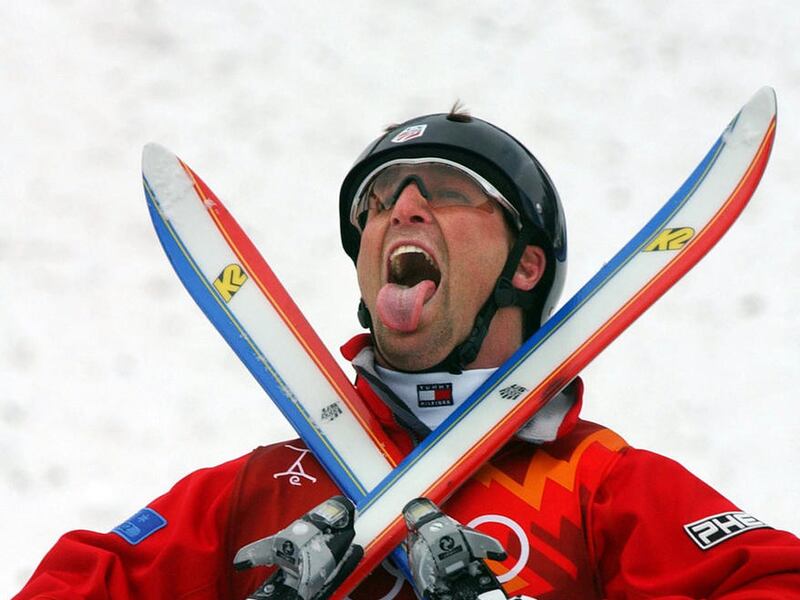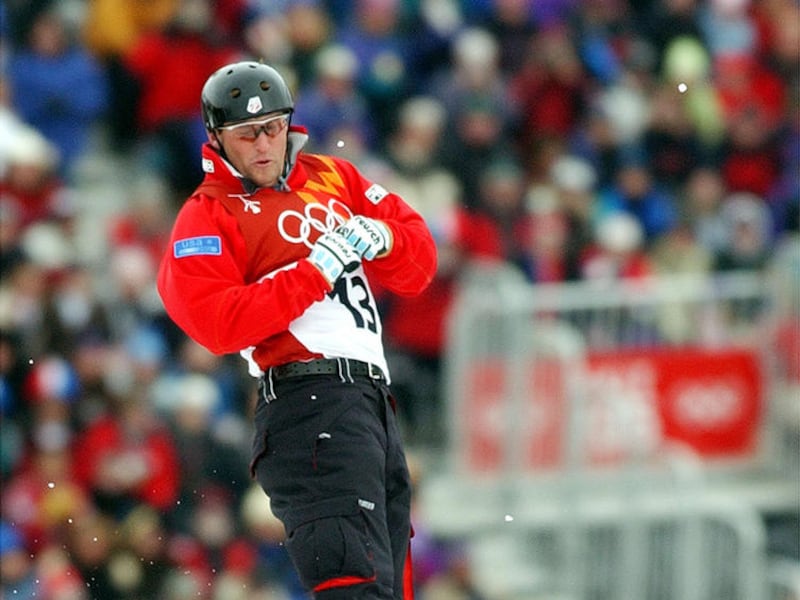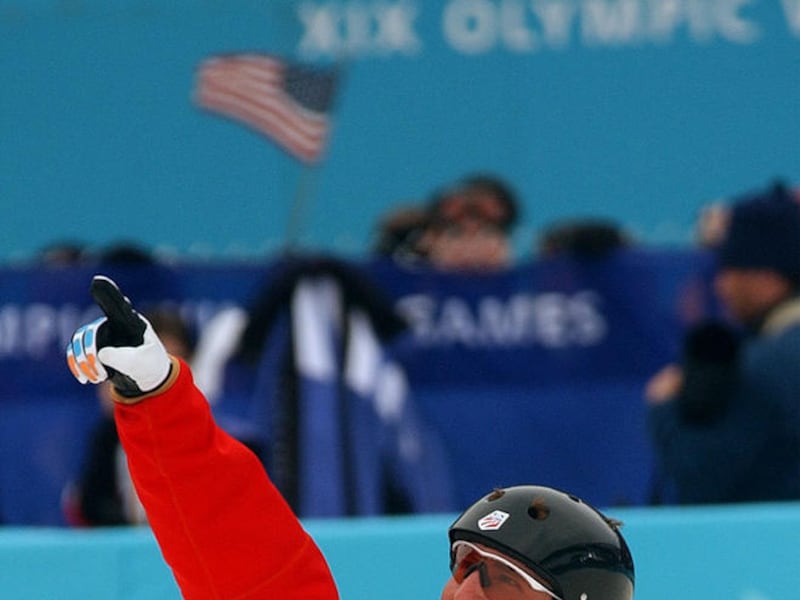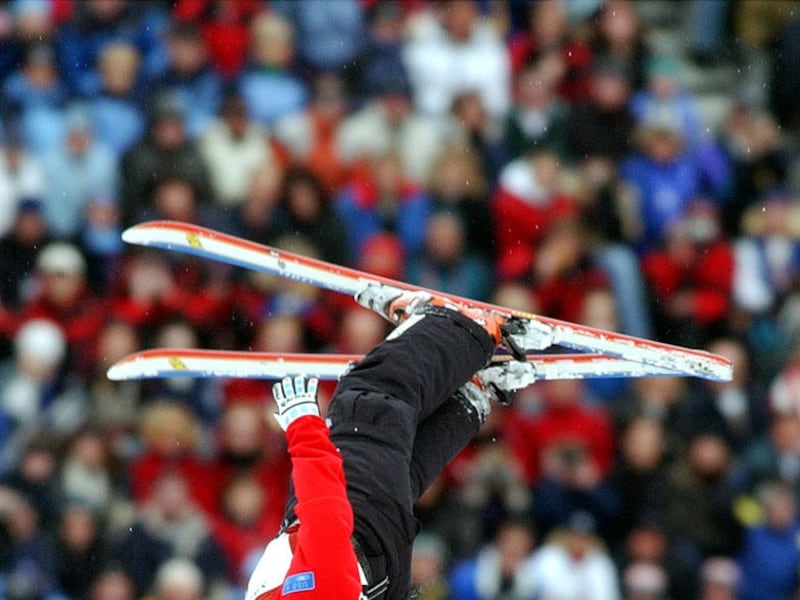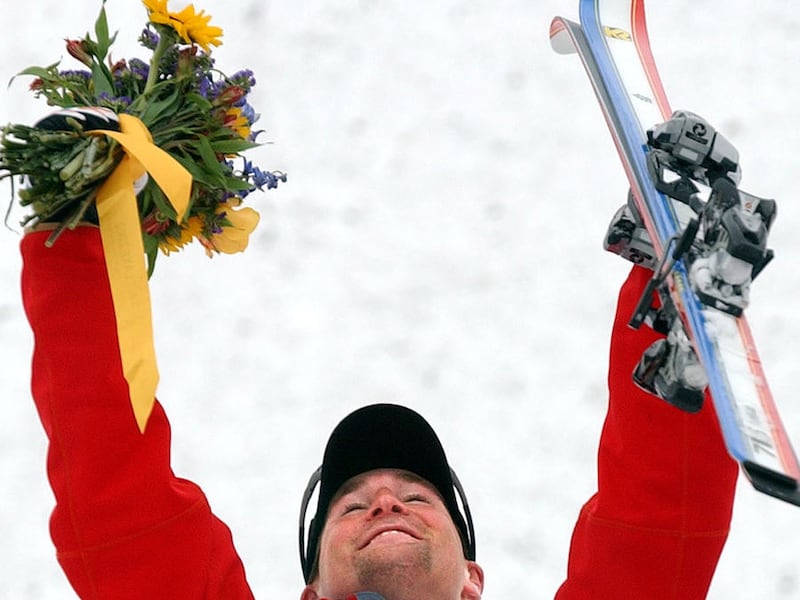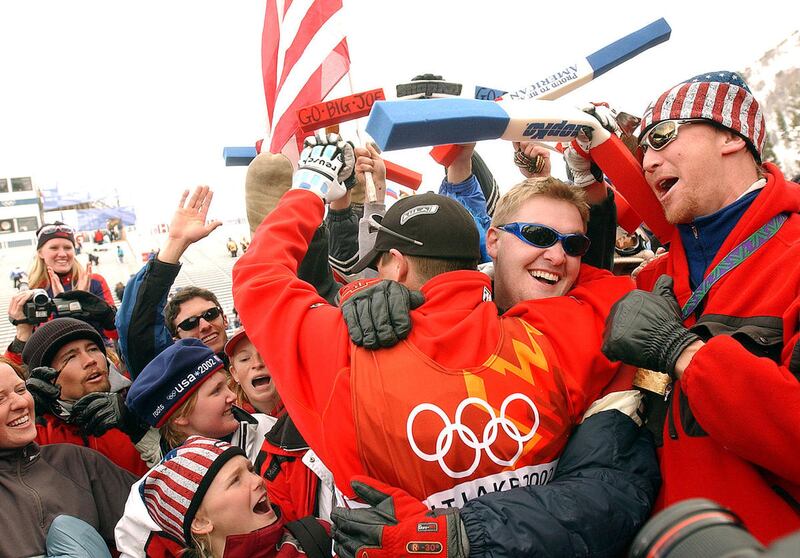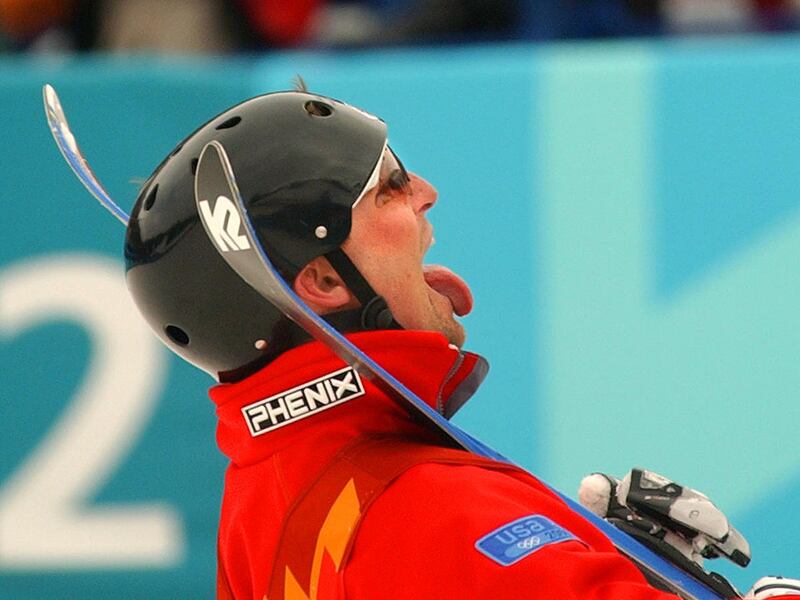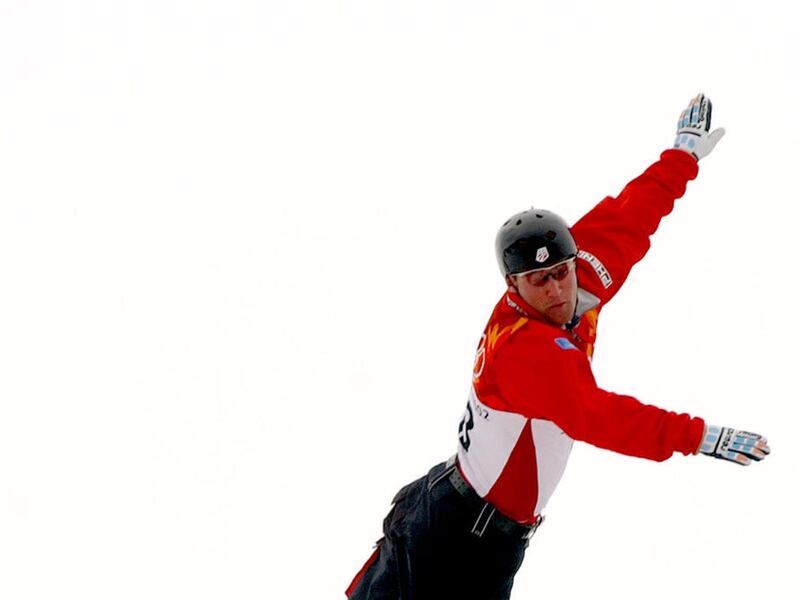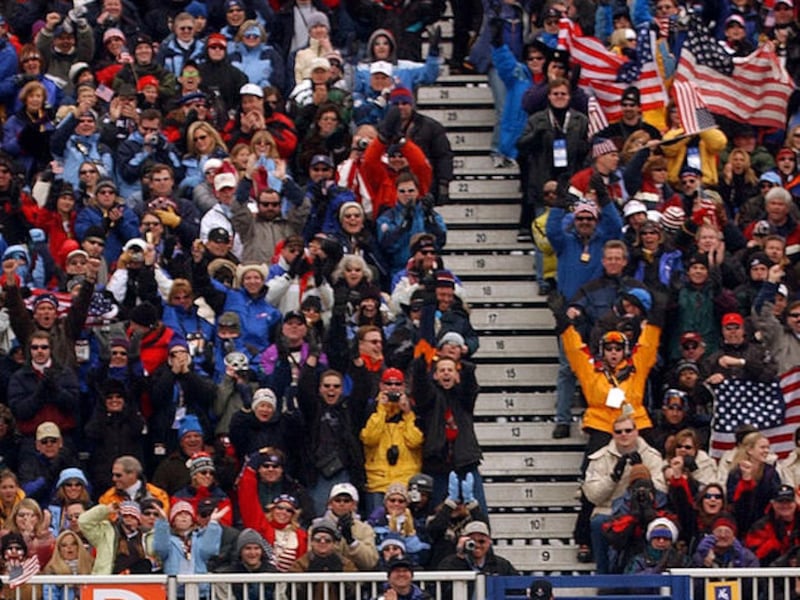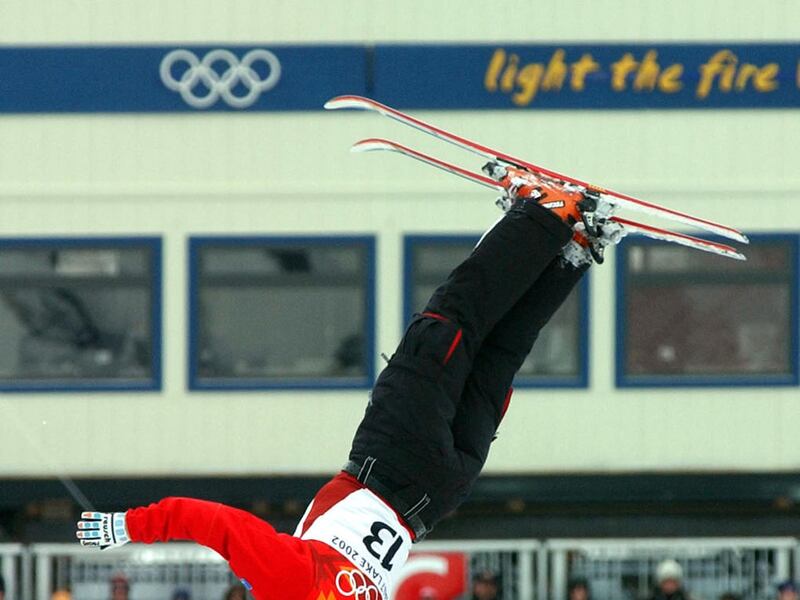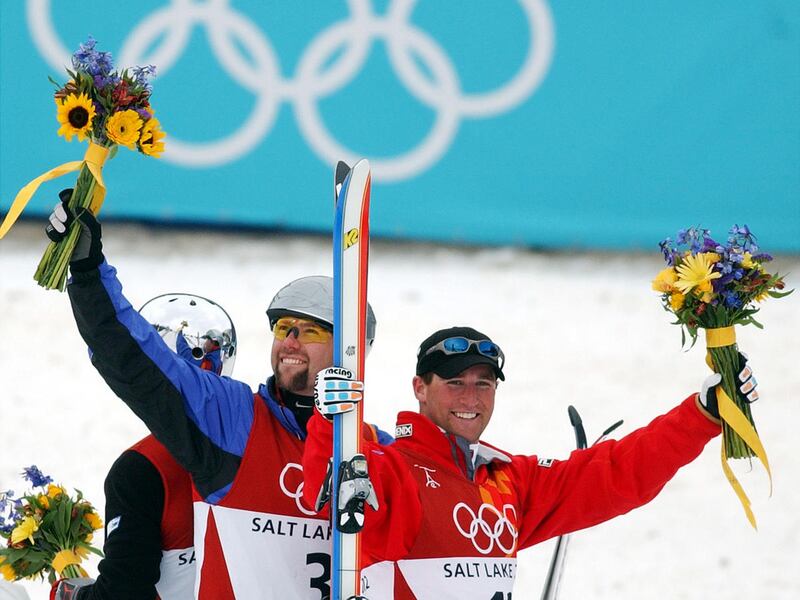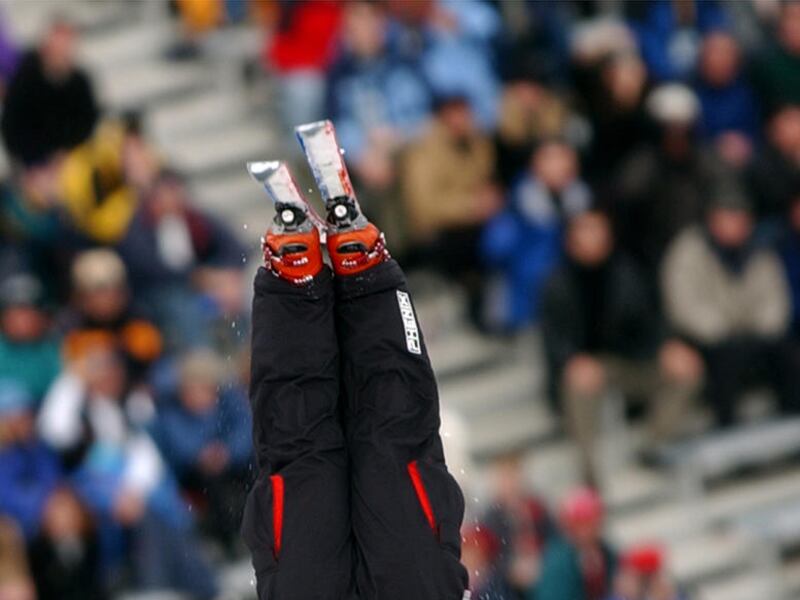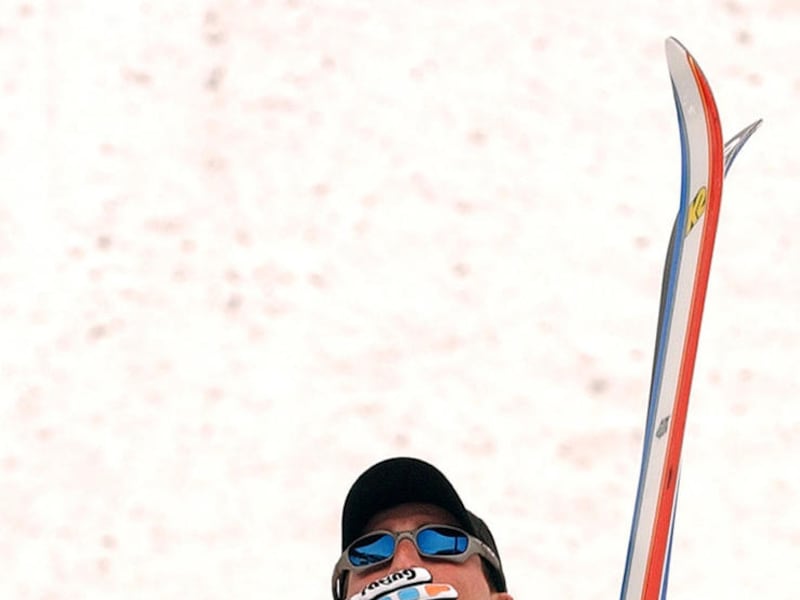Looking back on it now, it was the journey that was the highlight. – Joe Pack

The last we heard of Joe Pack, the freestyle skier/aerialist, he was sticking a quadruple twisting triple backflip to win a silver medal at the 2002 Salt Lake Winter Olympics. Fifteen years later Pack is nowhere near snow or skis. He is the head pro at the Turtle Bay Golf Resort on Oahu’s North Shore.
If there were laws about a guy having too much fun at work, Pack would be a felon. First, he forges a long skiing career that results in one Olympic medal and two World Championships medals; now he’s a golf pro in Hawaii who spends his free time surfing. Not many people make the connection to his Olympic past.
“It’s hard to explain inverted aerials to people who haven’t seen snow,” he says, laughing.
That skiing and golf demand entirely different skill sets is a testament to Pack’s athleticism. A football and soccer player at Park City High, he took up golf as a teen because it was safer than his other hobbies — mountain biking and motocross.
“I was an adrenaline junkie, but as I got better at skiing I didn’t want to get hurt,” he explains.
He spent his teenage summers training all day for skiing and then relaxed with a round of golf late in the afternoon. He went on to perform for U.S. national teams for more than a dozen years.
Pack retired from skiing after the 2006 Winter Games and moved to Hawaii, working at the pro shop at the Turtle Bay resort. After completing the PGA golf management program, he began working as an assistant professional. Two years ago he was promoted to head professional.
As such, he is the operations manager, overseeing staffing, operating procedures, ordering supplies, creating programs and tournaments, etc. A scratch golfer, he plays the game recreationally and enters a handful of local tournaments each year.
“The way I explain it is Tiger Woods is a professional golfer but I’m a golf professional — a professional of the business,” says Pack.
It is a considerably safer job than the one he had as an acrobat on skis. By the time he retired he had back and knee injuries that required multiple surgeries, all of which is to be expected if you’re launching yourself 50 to 60 feet into the air.
“Looking back on it now, it was the journey that was the highlight,” he says. “But the energy around the 2002 Games was tremendous. It came right after 9/11 and there was a lot of patriotism.”
He could see the mass appeal of the Olympics when he made appearances at school assemblies and charity events and passed his medal through the crowd.
“I showed it to as many people as I could,” he says. “I let them wear it and hold it or take a photo with it. The medal is very worn. I love sharing it.”

